Click the image above to be directed to this week's highlighted championship season.
Histories of Cornell's tournament championships are available at any time by clicking the "Traditions of Greatness" tab atop this page on the navigation bar as well as by clicking the "Champions" banner in the sidebar of this page.

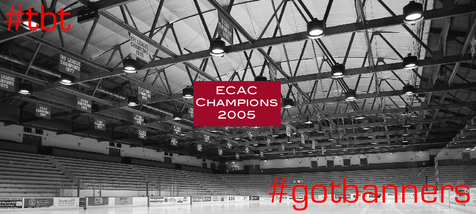
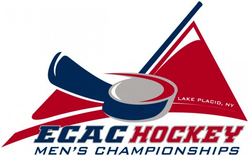
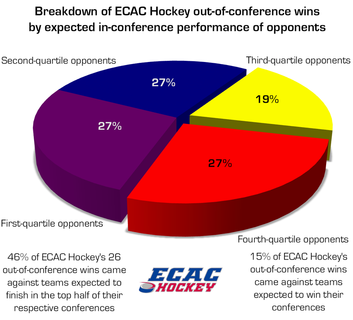

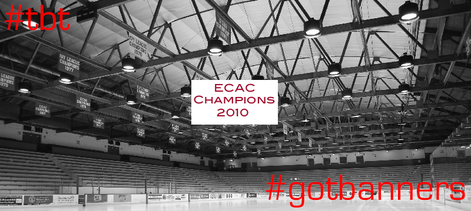
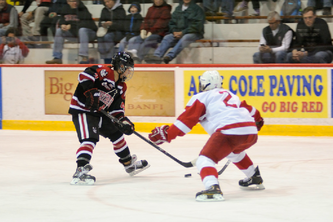
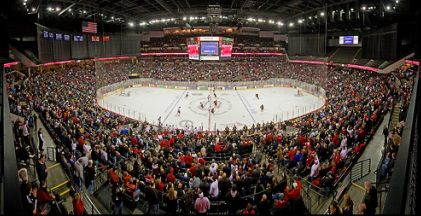
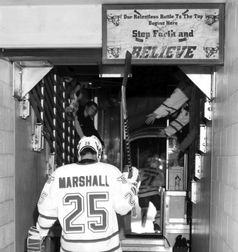
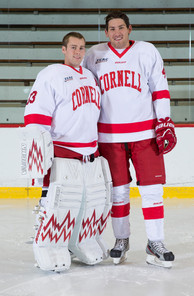
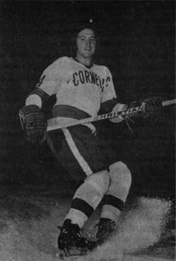

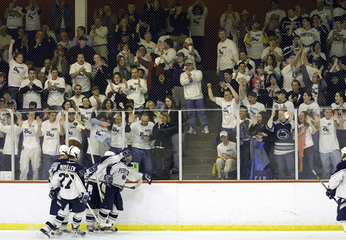

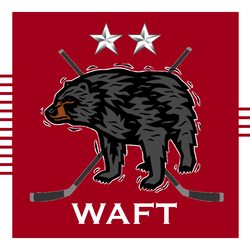

 RSS Feed
RSS Feed
